Context Switching: the process of switching a process from working on one task to working on another even before the former task is completed
Have you ever noticed how wearing 15 different hats in your business, moving from role to role and dashboard to dashboard leaves you feeling completely worn out – and it’s not even 10 a.m. yet?
There’s a fancy word for the mental chaos you’re probably experiencing right now: it’s called, “context switching”.
Context switching looks something like this:
Janine (the team lead): Mark, could you quickly mock-up a couple of graphics for our latest blog post? I’ll also need a couple of extra graphics for posting on Facebook and Instagram.
Mark (the team member): Sure thing. Do we also need the same graphics for the landing page?
Janine: Yes, definitely. And could you resize a few of them for a Facebook ad? We’re using this blog post as a gateway to our sales funnel and we want to get the dimensions right.
Mark: Hmm…Okay. I’m focused on creating the slide decks for tomorrow’s presentation right now. Which takes priority?
Janine: The official word? Both.
Phew. That’s four different programs – a PDF Editor, graphics suite, original file locations and CMS – for Mark’s three tasks.
He’ll be flipping back and forth through these for the rest of the day, without a doubt. He’ll have to find the original collateral for the graphics, resize banners for a Facebook ad, the landing page and posting on social media.
And he’ll be juggling all the assets, copy and branding for the slide deck when creating the presentation in an entirely separate program.
Sound a bit too familiar?
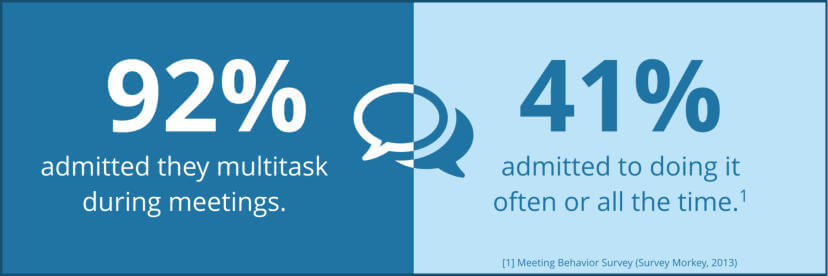
Online (and offline!) businesses that have multiple moving parts run the risk of being fragmented in their day- to-day operations.
The point is that your management tools shouldn’t been the things that need managing. Instead, you should be focused on the functional parts of your business – like, how about making money, bringing in new clients, promoting brand awareness and supporting internal teams?
He’s optimistic: he anticipates it’ll take two hours.
How two hours can waste two weeks

Let’s imagine what happens with Mark next, loaded up as he is now with his double workload of presentation- plus-graphics-creation. His original workflow only included the presentation slide deck. But Janine’s request has interrupted that plan. He’ll have to shift programs and go hunting for the logos, free templates, files and assets needed to “whip up” these graphics.
He’s optimistic: he anticipates it’ll take two hours.
Actually, searching for the original assets and free templates, creating the graphics, working in a PDF editor, getting approval, implementing changes, uploading them for final approval and then once more and then heading to the landing page, Facebook ad manager and blog post CMS takes half the day.
Cue, the trickle-down effect: While the task gets done, Mark’s deadline for the presentation is tighter. Suddenly, he’s a bit more frazzled. The rest of his calendar gets pushed back.
While there’s no real way to avoid requests that spring up in the middle of the day, there is a way to significantly reduce the amount of context switching you’ve got to do.
Consolidate, merge and delegate where you can.
Of course, delegating tasks may not always be possible (or feasible) if there’s no one else to delegate to or if it’s faster to simply do it yourself when you’re on a deadline. Which leaves us with consolidating and merging tasks – as well as dashboards – where you can.
The psychology behind context switching is that, in the long run, it can severely reduce your ability to focus and effectively perform just one task well. Researchers at the American Pyschological Association show that there’s a very real “switch cost”: One is the amount of time your brain takes to adjust to switching from one task to the next and the other because of the carry-over effect.
The myth of multi-tasking is what causes so many businesses to have to work harder or longer hours when, really, what they need is a simple consolidation, a shift to working smarter.
Avoiding context switching
If you’re not entirely convinced that context switching is literally killing your business (and your brain), here are a few stats:
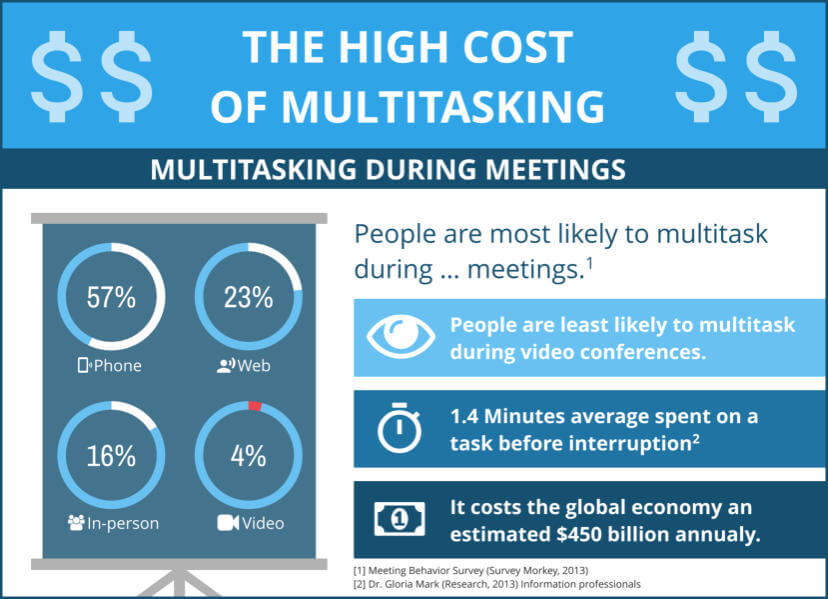
Inc Magazine estimates that we lose $450 billion a year to lost productivity because of constant multi-tasking. It takes 25 minutes to resume a task once you’ve been interrupted. And switching between dashboards and tasks regularly can decrease your IQ by up to 15 points.
The common paradigm seems to say: Okay, context switching is clearly costing us…but what’s the alternative? We can’t stop requests from cropping up through the day. It’s a necessary evil.
This is a very limited way to view the problem. The point is not to avoid context switching entirely (since, that would clearly also cripple a business’s on-the-fly requirements). Instead, opt to “cut the fat” where you can.

Look for all in one solutions that offer functions that can be consolidated so that, at the very least, “Mark” doesn’t have to switch between four programs for his three big tasks. He also doesn’t have to track down every piece of asset because, perhaps, they all live in that one software solution. At a glance, he can locate and begin working on them – within the software, without having to wait for the in-house designer. And he only needs to do it once because there’s a magical “resize” feature that allows him to resize the graphics for various platforms with a click of a button. And, furthermore, that software’s nifty chat function allows him to upload the graphics for instant approval and real-time edits on the shared document, visible to all. If he needs to use assets from a past flyer they did, he can import the digital file and edit it with the PDF editor
All-in-one solutions are the antidote to context switching and, while you can’t necessarily recover the entirety of that $450 billion, even a portion of lost time and money is worthwhile. The best part, however, is the sense of mental sanity and clarity at having a seamless workflow in one reliable place.
This kind of smart consolidation also has another bonus: integration. All-in-one solutions often anticipate the fragmentation you’ve got going on already and offer APIs and third party integrations so you can hook data from one software – let’s say, your invoicing software or Google dashboard – into it.
It’s smart, well-thought-out functions like that that separate “Software as a Service” from “Smart software at your service”.
Sign up to Xara for a free trial
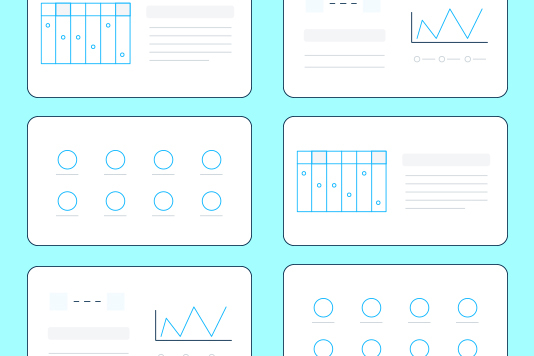
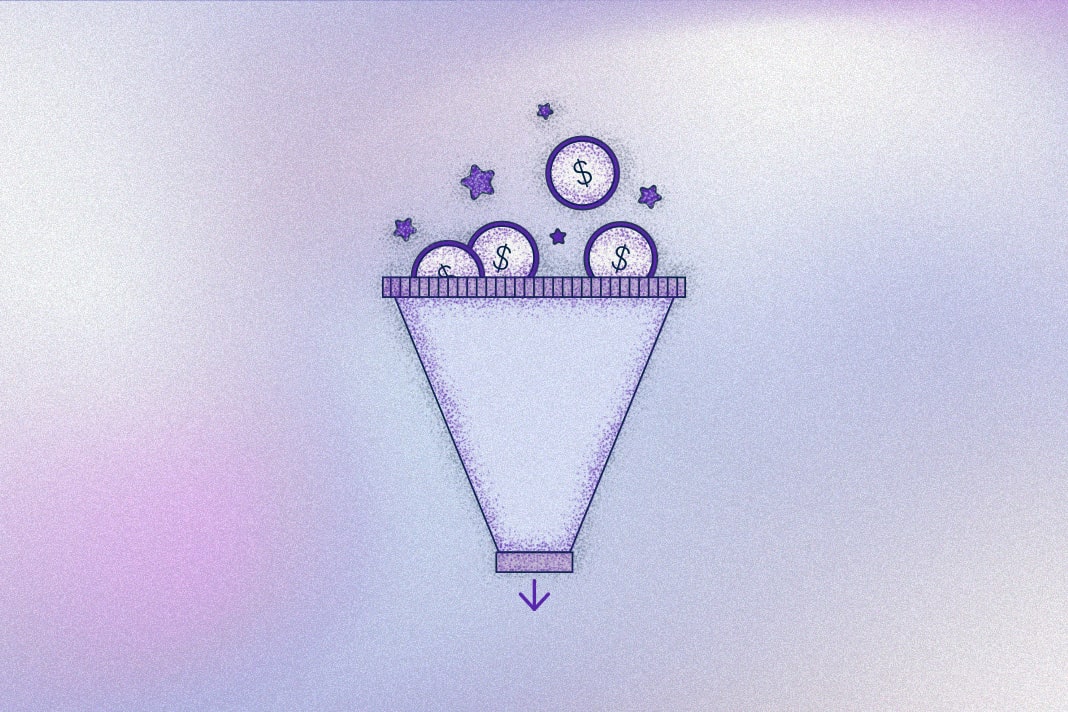
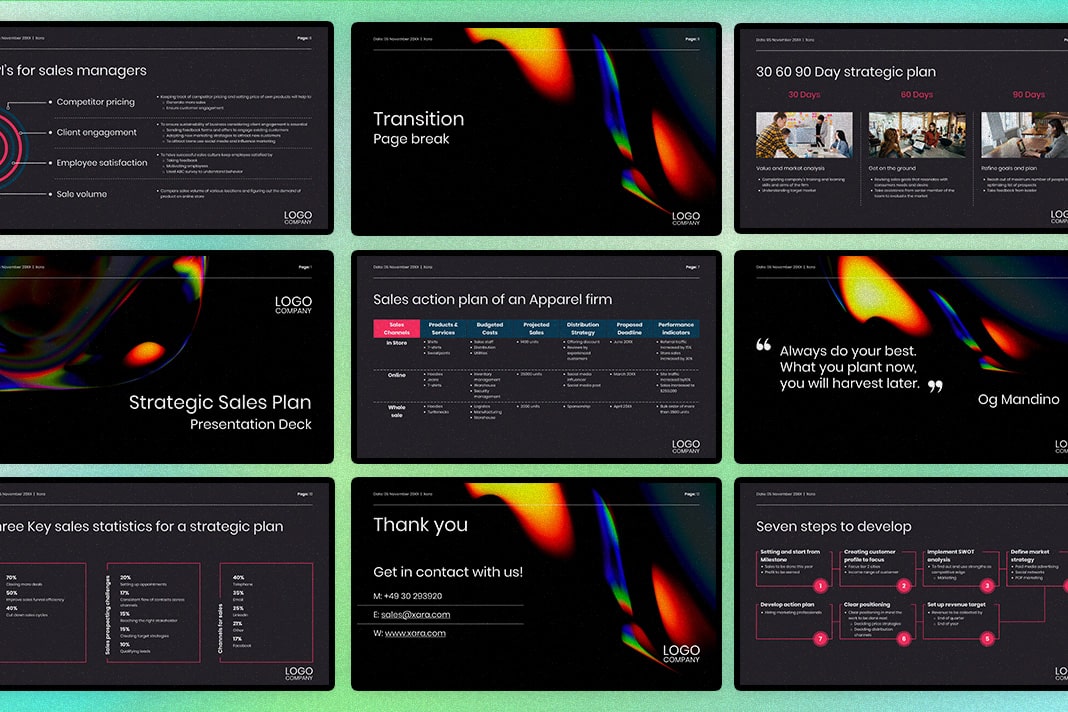
 No credit card or phone number required.
No credit card or phone number required.